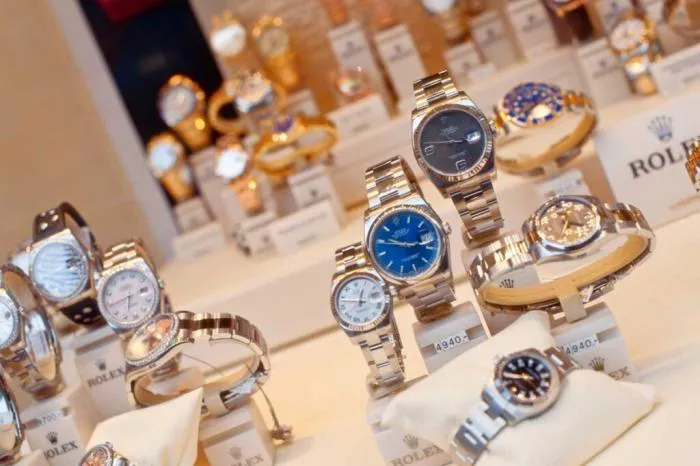The US luxury watch market is bracing for a significant price hike as new trade tariffs on Swiss-made goods come into effect. Starting in July, American retailers will face an additional 31% import tax on Swiss watches, compounding the initial 10% tariff introduced in April. This move, part of the White House’s “Liberation Day” trade policy, leaves businesses with a tough choice: absorb the costs or pass them on to consumers.
The US has long been a top destination for watch enthusiasts, with sales reaching CHF 4.372 billion in 2024—a 30% increase since 2021. Major cities like New York, Los Angeles, Miami, Chicago, and Las Vegas boast thriving luxury retail scenes, including high-end boutiques and a robust secondary market. However, the impending tax surge may drive buyers to seek better deals abroad.
State and Local Taxes Compound the Burden
Beyond federal tariffs, US consumers already face varying state and local sales taxes. Louisiana (10.12%), Tennessee (9.56%), and Arkansas (9.46%) have the highest rates, while Alaska, Delaware, and three others impose no sales tax. In cities like New York and Los Angeles, combined taxes can exceed 9%, with no refund options for tourists.
Global Parallels: China’s Luxury Tax Model
The US isn’t alone in imposing heavy luxury taxes. China, known for its steep import duties, taxes high-end goods up to 97% (including VAT and consumption taxes). This has fueled “daigou” shopping—where buyers purchase abroad for friends and family—and boosted retail tourism in Hong Kong, Singapore, and Macau.
Europe and Japan: Alternative Luxury Destinations
Europe remains a top choice for watch buyers, thanks to VAT refunds (up to 12% in France and Italy) and its status as the birthplace of luxury brands. However, rising street crime in cities like Paris and Milan has led retailers to adopt discreet packaging and heightened security.
Meanwhile, Tokyo has emerged as a premier watch-shopping hub, offering exclusive models and a thriving secondary market. Though Japan’s tax refund system will change in 2026, its strong domestic demand and weak yen continue to attract international buyers.
With US prices set to climb, global watch shoppers may soon look beyond American retailers for their next luxury timepiece.


